Mergers create opportunities
In the near future, the new Thuong Nong commune will be established on the basis of merging the two communes of Thuong Nong and Thuong Giap. Comrade Ha Van Dung, Secretary of the Party Committee of Thuong Giap commune, said that these are two remote and difficult communes of Na Hang district, with National Highway 280 running through them. When merged, it will create a premise for socio-economic development, linking to improve the level of key OCOP products.
Thuong Giap (Na Hang) dried bamboo shoots are a new emerging product that is being welcomed by the market.
When it comes to sticky rice, people immediately think of the product "Khau Lang sticky rice" of Thuong Nong Agricultural Cooperative. Mr. Hoang Van Nui, Director of the Cooperative, shared that thanks to the 3-star OCOP stamp on the packaging, the sticky rice product has created trust for customers, so the output is also more open. Currently, the Cooperative has more than 120 hectares of specialty rice material area in Thuong Nong commune and neighboring communes, with rice output reaching over 20 tons/year. Currently, the product is sold at prices ranging from 40,000 to 45,000 VND/kg. This has created stable jobs for 8 members, with each worker's income ranging from 5 to 7 million VND/person/month. Comrade Mong Van Vinh, Vice Chairman of Thuong Nong Commune People's Committee shared that in order to diversify sticky rice products, in addition to simple processing, sticky rice grown in Thuong Nong is also being consumed by Thuong Giap Agricultural and Service Cooperative to make green rice flakes, which has now been granted a 3-star OCOP certificate. In addition to the two communes having a common link in consuming common products, each commune has its own characteristics, Thuong Giap commune has fragrant squash, dried bamboo shoots, Thuong Nong commune has the traditional leaf yeast making profession, the ancient stilt houses of the Tay people in Dong Da village or the embroidery profession in Thom Luong village are highlights in future tourism development.
The new Con Lon commune is based on the merger of two communes, Con Lon and Sinh Long. When traveling to many communes in the highlands, there are few localities with fertile natural rice growing land and a larger scale than Con Lon field. With a field area of over 80 hectares, located along the Nam Muong stream, there is never a shortage of water all year round. Currently, the people in the commune have turned this field into a large model field, sowing the same seeds, planting the same tea, and taking care of the same crops. The rice yield has increased to over 80 quintals/ha, every household has full granaries of rice, and there is no need to worry about a shortage of rice all year round.
When mentioning Con Lon, people will immediately think of geese and ducks. Taking advantage of the Nam Muong stream flowing from Thuong Nong to Yen Hoa through the commune center, the people of Trung Muong village have strongly developed the raising of native geese and ducks. With nearly 13 years of experience in raising geese, Mr. Nguyen Quang Be, Trung Muong village, said that his family currently has a flock of more than 40 geese. Con Lon geese are famous for their delicious meat quality, only eating grass, wading in streams and eating cleanly, so traders from everywhere come to buy them. The entire Trung Muong village currently has over 90 households, of which more than 40 households raise geese, with a flock of over 700 geese. From raising geese, each year, families have an income of 20 - 40 million VND.
In contrast to the advantages of Con Lon, Sinh Long commune is a commune with difficulties in terms of location, traffic routes and people's education level. These difficulties are gradually being overcome when the traffic system is expanded and travel is convenient. Secretary of the Party Committee of Sinh Long commune Nguyen Quoc Luan said that in the Resolution of the 22nd Party Congress of the commune, term 2020 - 2025, the socio-economic development of the commune for the term 2020 - 2025 focuses mainly on 3 areas including livestock farming, tea development and labor export. The whole commune of Sinh Long currently has more than 991 hectares of ancient tea trees and tea plantations, of which the area being exploited is 50.5 hectares. The commune also has 6 cooperatives and enterprises trading, processing, producing, purchasing and consuming Shan Tuyet tea. Comrade Nguyen Quoc Luan affirmed that when merging with Con Lon commune, there will certainly be many specialty products of plants and animals that few places have, such as Con Lon goose, Sinh Long black pig, and Sinh Long ancient tea.
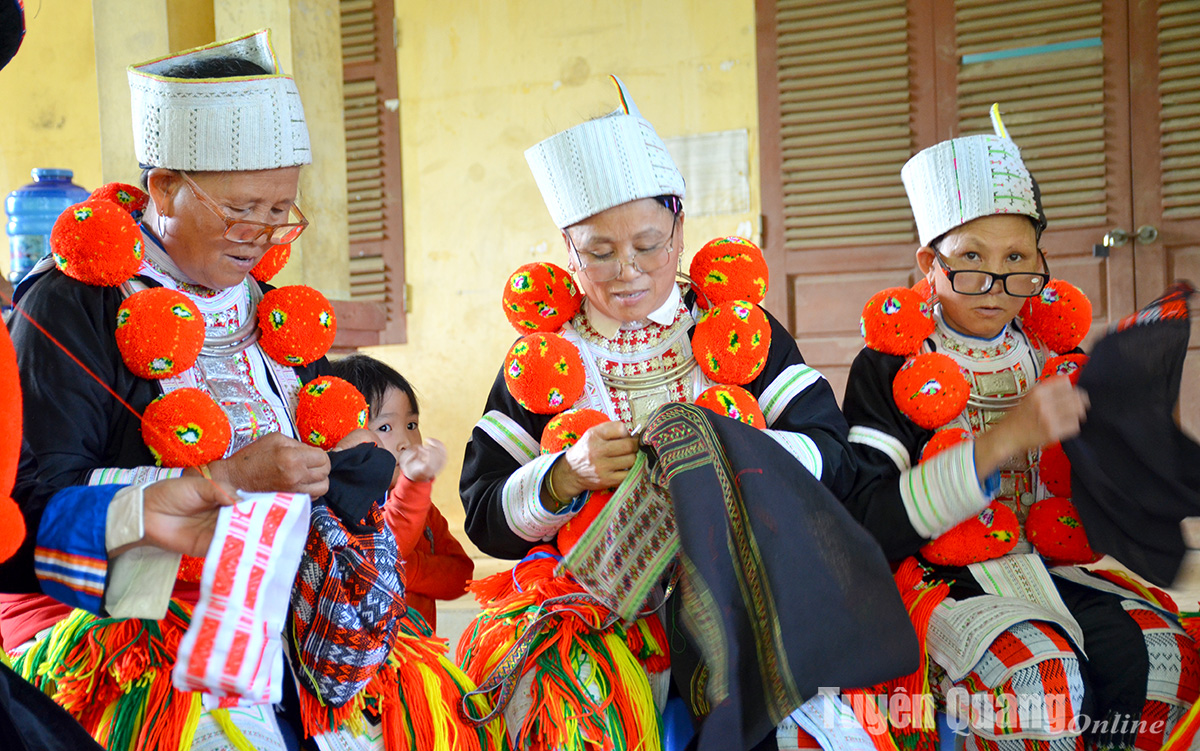
Brocade embroidery in Thom Luong village, Thuong Nong commune, Na Hang is a unique tourism product.
Elevating future products
Resolution No. 26-NQ/HU of the District Party Executive Committee, term XXII on developing specialty, high-value-added and sustainable agricultural products in the period 2021 - 2025 sets the strategic goal of developing commodity agriculture based on specialty products with regional characteristics; bringing the proportion of commodity agricultural products to 20% of the total value of agricultural production.
Mr. Le Van Tu, Head of the Department of Agriculture and Environment of Na Hang district, said that in order to complete the set goals, Na Hang district has issued a separate Resolution on mechanisms and policies to support the development of commodity agriculture, focusing on advantages such as Shan Tuyet tea, specialty sticky rice, off-season vegetables, medicinal plants, free-range chickens, black pigs, specialty fish... focusing on clean agriculture and organic agriculture.
With the advantage of a large area of Tuyen Quang hydroelectric reservoir, developing aquaculture, especially specialty fish, has also become a strategic direction of Na Hang district. Currently, the whole district has nearly 1,300 fish cages of all kinds, of which 850 cages raise specialty fish such as: catfish, catfish, bream, etc., all of which are fish species with high economic value. Na Hang specialty fish products have initially affirmed their brand in the market with an output of nearly 5,000 tons/year. Many establishments and cooperatives have been certified to produce according to VietGAP standards, meeting strict requirements on quality and food hygiene and safety. Mr. Phung Xuan Son, Head of the fish cage farming team in Na La village, Son Phu commune, shared that the water in Tuyen Quang hydroelectric reservoir is clean and clear, so raising is convenient, fish rarely get sick, with 13 fish farming households, earning over 40 million VND every year.
After the merger, the new communes of Na Hang district will continue to restructure the agricultural and forestry sector; improve the efficiency of agricultural and forestry production associated with the implementation of the National Target Program on New Rural Development. In particular, focusing on the specialty agricultural products of each locality, taking that as a premise for socio-economic development, improving people's lives - Mr. Tu affirmed.
Source: https://baotuyenquang.com.vn/na-hang-tap-trung-xay-dung-san-pham-dac-san-cua-dia-phuong-213626.html


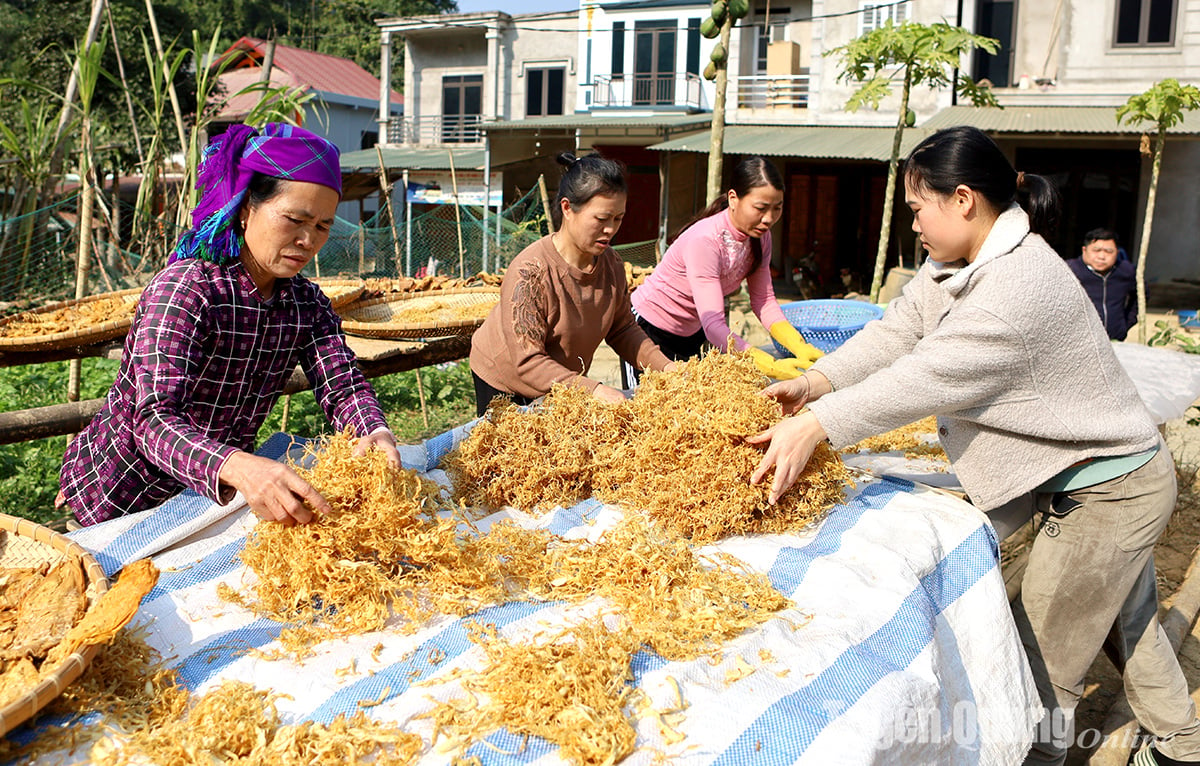








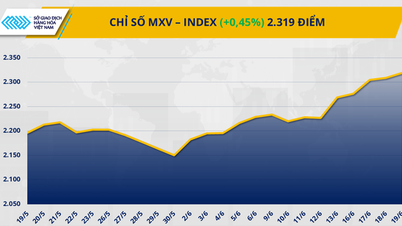





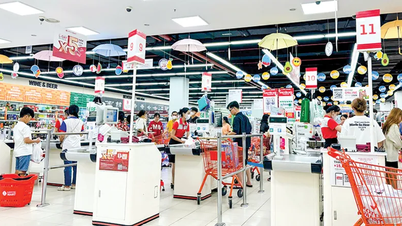











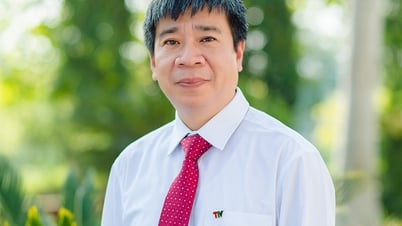
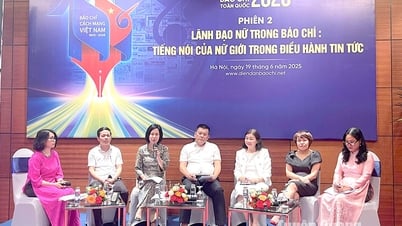

























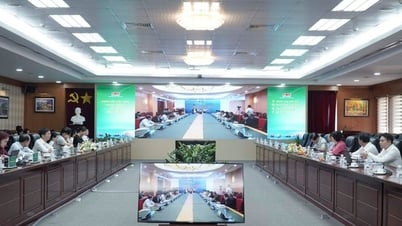
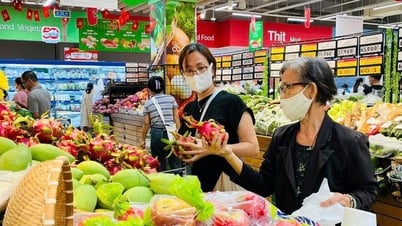

















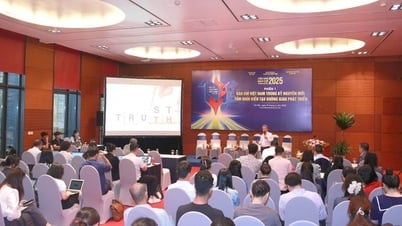








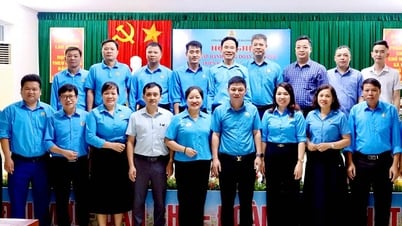
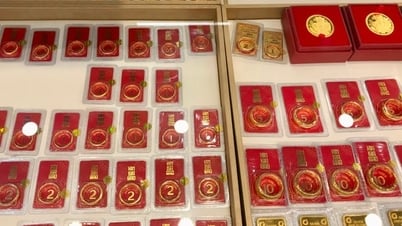
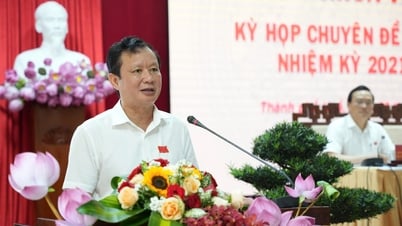














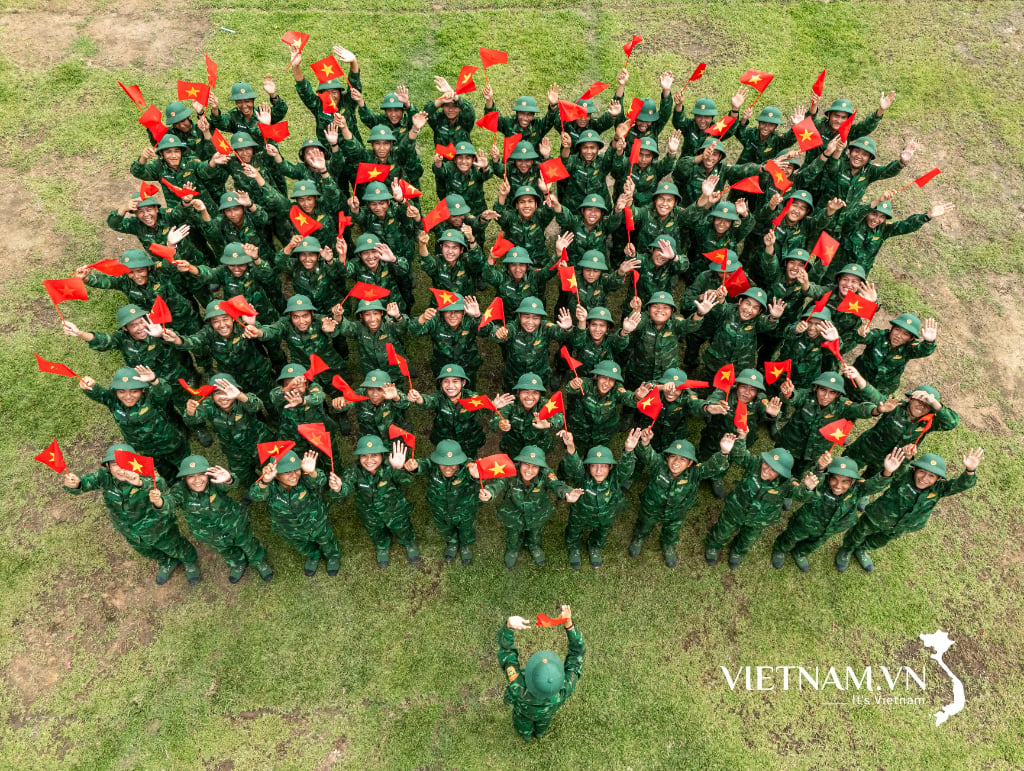

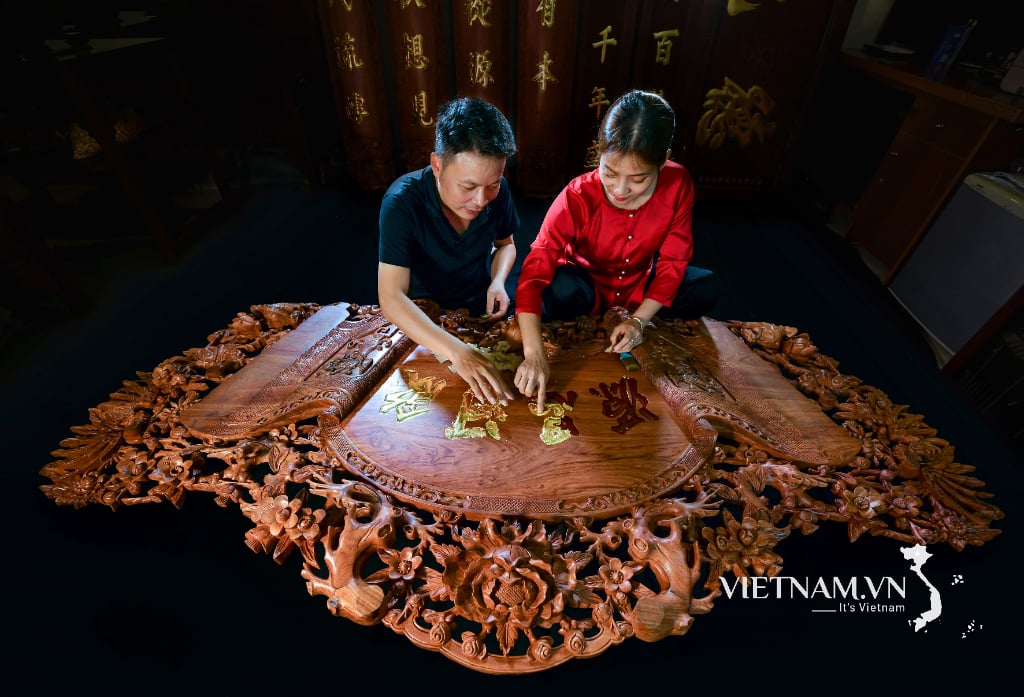
Comment (0)